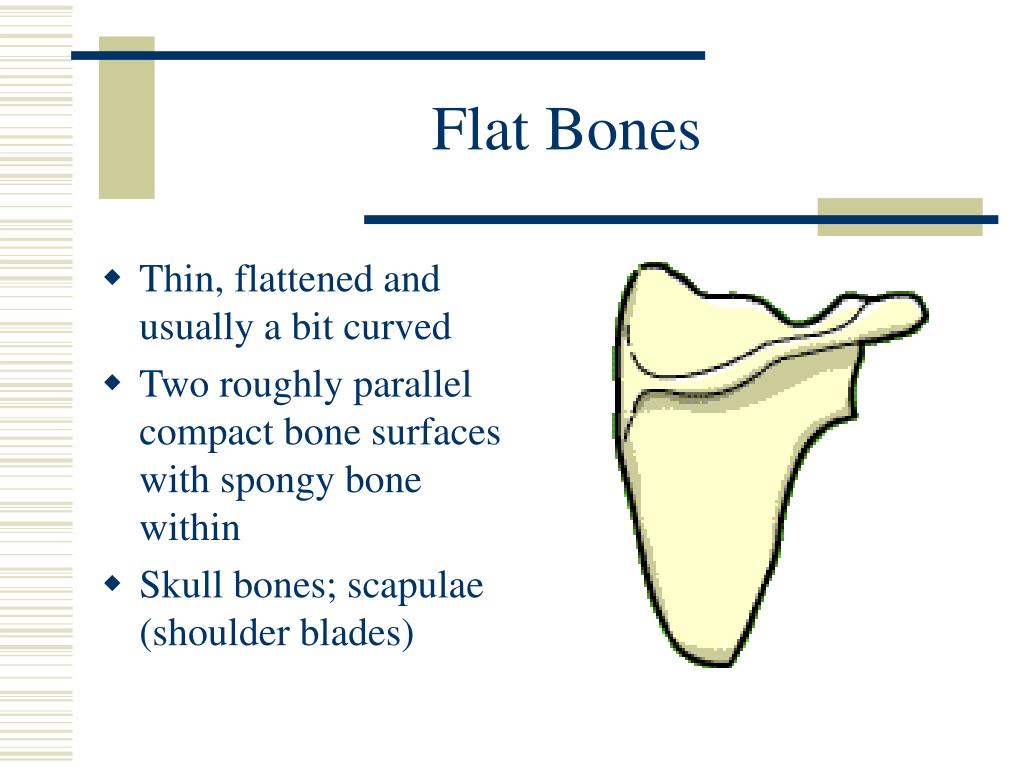
Once the brain reaches its maximum size, the sutures close and the bones of the skull merge.Īs the name implies, this bone occupies the entire front of the skull. In infants and children, the bones of the cranial vault are separated by spaces called sutures, which allow the skull to expand as the brain it grows. The bones of the skull are also responsible for forming the eye sockets and nostrils. The main role of the skull is to protect the brain from damage that could be generated by blows or falls. The skull, also called the cranial vault, is composed of a series of bones, including the frontal, parietal, occipital, nasal, temporal, lacrimal and sphenoid bones. Types of flat bones The bones of the skull Likewise, being flattened makes them provide ample areas in which the muscles of the body can be fixed. This is why they are flattened, since they do the role of shields. The function of flat bones is to protect the internal organs of the body, such as the brain, heart and pelvic organs.


The bones of the thorax : The shoulder blade, the ribs and the sternum.



 0 kommentar(er)
0 kommentar(er)
